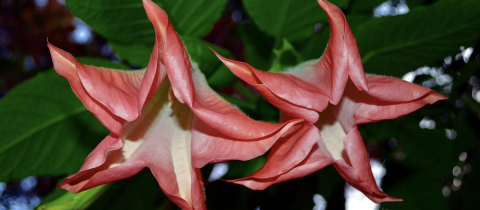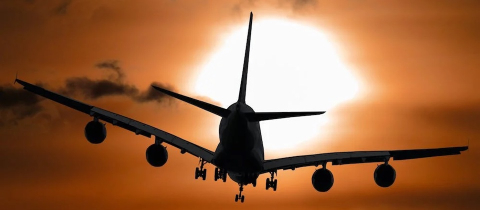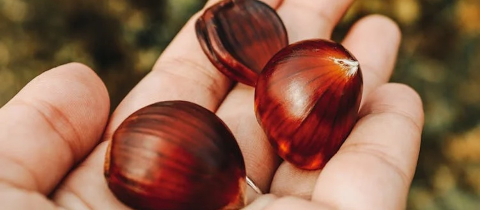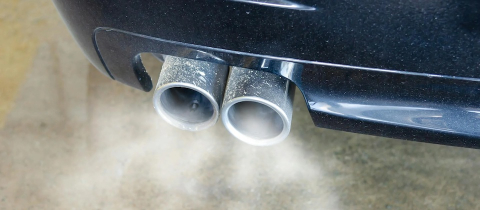Why are potato latkes a traditional food to celebrate the Jewish festival of Hanukkah? Frankly, it isn’t clear. But first, a quick recap of what Hanukkah is all about...
Around 200 BC Israel came under the rule of the Syrian king Antiochus who wanted to obliterate the Jewish religion. Yehuda Maccabee led a revolution against the Syrians and with an army of only six thousand defeated an army of 47,000 men. Eventually, the Maccabees liberated Jerusalem and reclaimed the Holy Temple which had to be rededicated by lighting the Menorah, the continuous burning of which symbolized the union of the different types of Jews and the eternal presence of God. Only the purest olive oil was used for this purpose and only a little bit was found left in the Temple. It would take at least eight days to prepare some more. Nevertheless, the Menorah was lit and by a miracle, that little bit of oil burned for 8 days until more oil had been prepared. The celebration of Hanukkah by Jews around the world by lighting candles each night for eight nights commemorates the victory of the Maccabees and their preservation of the Jewish nation.
Now on to the latkes. The story sometimes told is that wives of the Maccabees prepared these pancakes to fortify the men before sending them off to battle. There is no evidence for this, and certainly, there would have been no potato products of any kind at the time since potatoes were only introduced into the Old World from America after Columbus. There are historical accounts of Italian Jews in the 14th century celebrating festivals with fried pancakes, made of, what else in Italy, cheese. Supposedly the reason for cheese emerges from the ancient story of Judith who took matters into her own hands when the Israelites were attacked by the Assyrians led by Holofernes, king Nebuchadnezzar’s general. Judith seduced the general with wine and cheese and when he became inebriated, she proceeded to cut off his head with his own sword. The problem here is that the battle with the Assyrians took place some four hundred years before the story of the Maccabees so not really appropriate for Hannukah history.
Where then do potatoes enter the picture? Pancakes made of buckwheat flour had long been popular with Jews and when potatoes began to be cultivated in Europe around the middle of the 19th century, someone had the bright idea of grating them for use in pancakes. Why? Because fried potatoes taste good! As far as Hannukah goes, it is not the potatoes that are important, but what they are fried in. It is the oil that symbolizes Hannukah, representative of the magic oil that burned for eight days. Here too, we run into a little problem, since in European Jewish kitchens frying was done in schmaltz, which is chicken or goose fat, hardly the stuff used by the Maccabees.
Frying in vegetable oil seems to have started in America and can be traced back to the early part of the 20th century when Procter and Gamble found a use for cottonseed oil, up to then a waste product of the cotton industry. The key was the introduction of a novel process, hydrogenation. This converted cottonseed oil into a solid fat that looked like lard. Boosted by vigorous advertising, this new product named Crisco found its way into American kitchens. Of course, back then nobody knew that the hydrogenation process created the notorious “trans fats,” the bane of arteries. Other companies got into the game and a variety of vegetable oils appeared on the market, some hydrogenated, some not. Today’s popular oils such as canola, corn, soybean and olive are non-hydrogenated and are fine for frying, but fried foods do not belong to the “healthy” category. There are a lot of calories due to the absorbed fat, and some of the fat breakdown products are potentially unhealthy but frying latkes once a year is not going to have an impact on health.
Although from a Hannukah perspective, olive oil would be the best choice, in terms of taste, the other vegetable oils are preferable. As far as potatoes go, Russet leads the pack because the high starch content serves to bind the latke components well. Those include onions and eggs, although some people mix in other vegetables. Some like the potatoes grated fine, some leave the peel on, some actually mash the taters, others like a rough grate. There is, however, universal agreement that to make for crisp latkes, as much water as possible has to be squeezed out of the potatoes after grating. Fort the best taste, I hesitate to say, fry in schmaltz.
The most symbolic celebration of Hannukah, though, is not eating latkes, but lighting the candles in a "Hannukiah” which has eight arms, unlike the seven of the Menorah. True, it would be more appropriate to burn olive oil, but for simplicity, candles are lit. The lighting of these candles does more than just conjure up memories of the Maccabees. It also symbolizes the kindling of the light of knowledge, generosity and hope and the driving away of the darkness of ignorance. We need that now more than ever.







